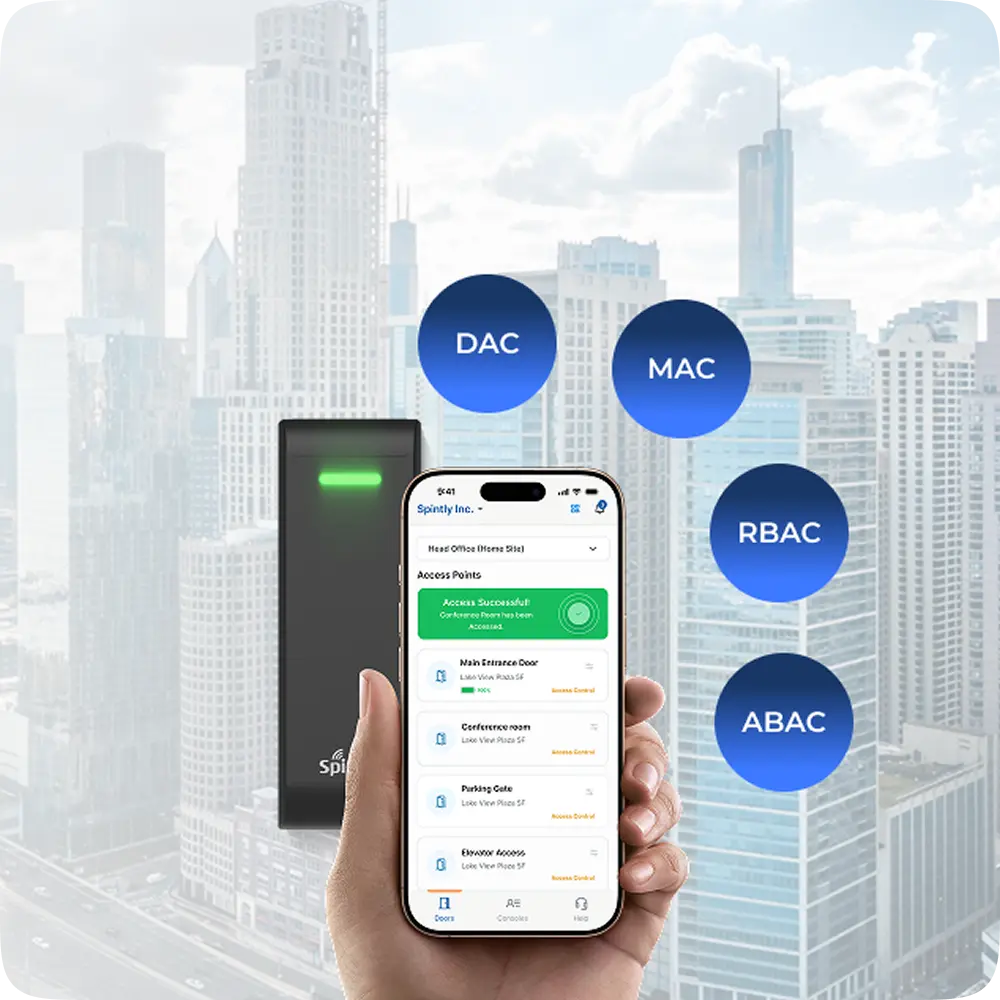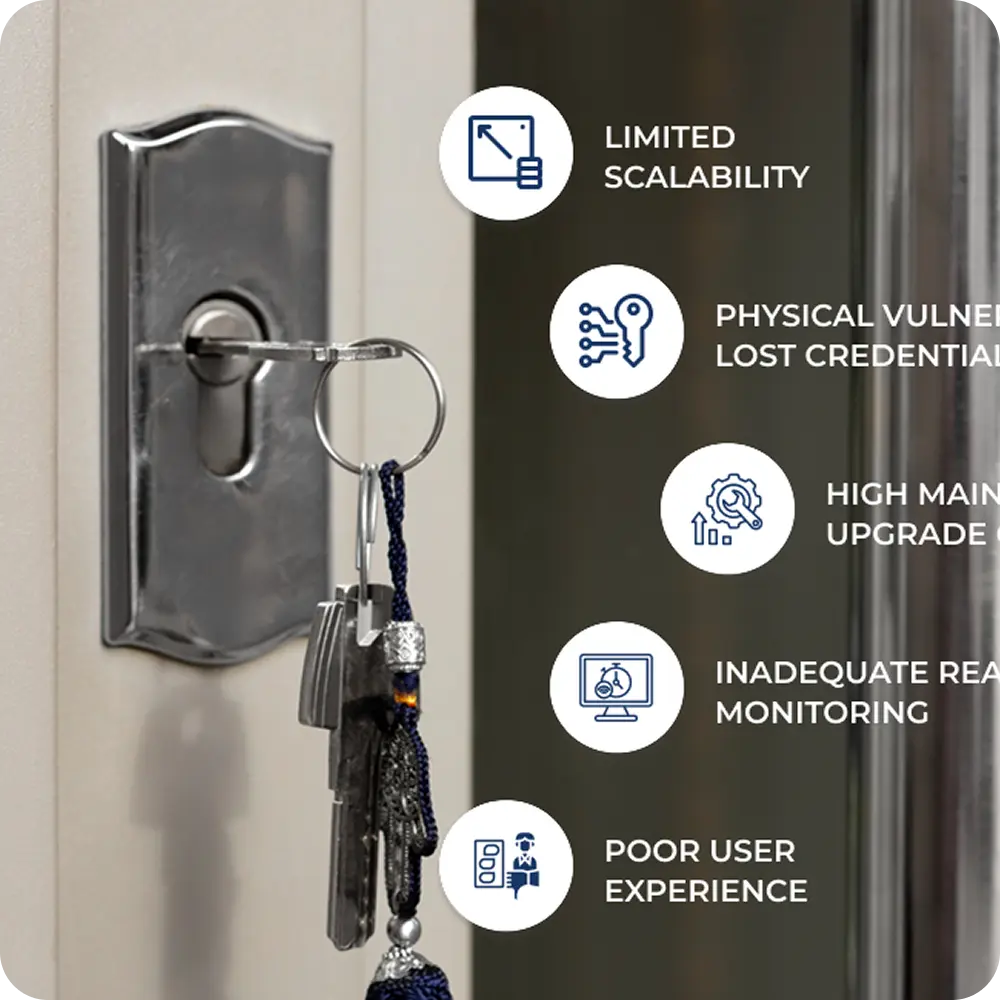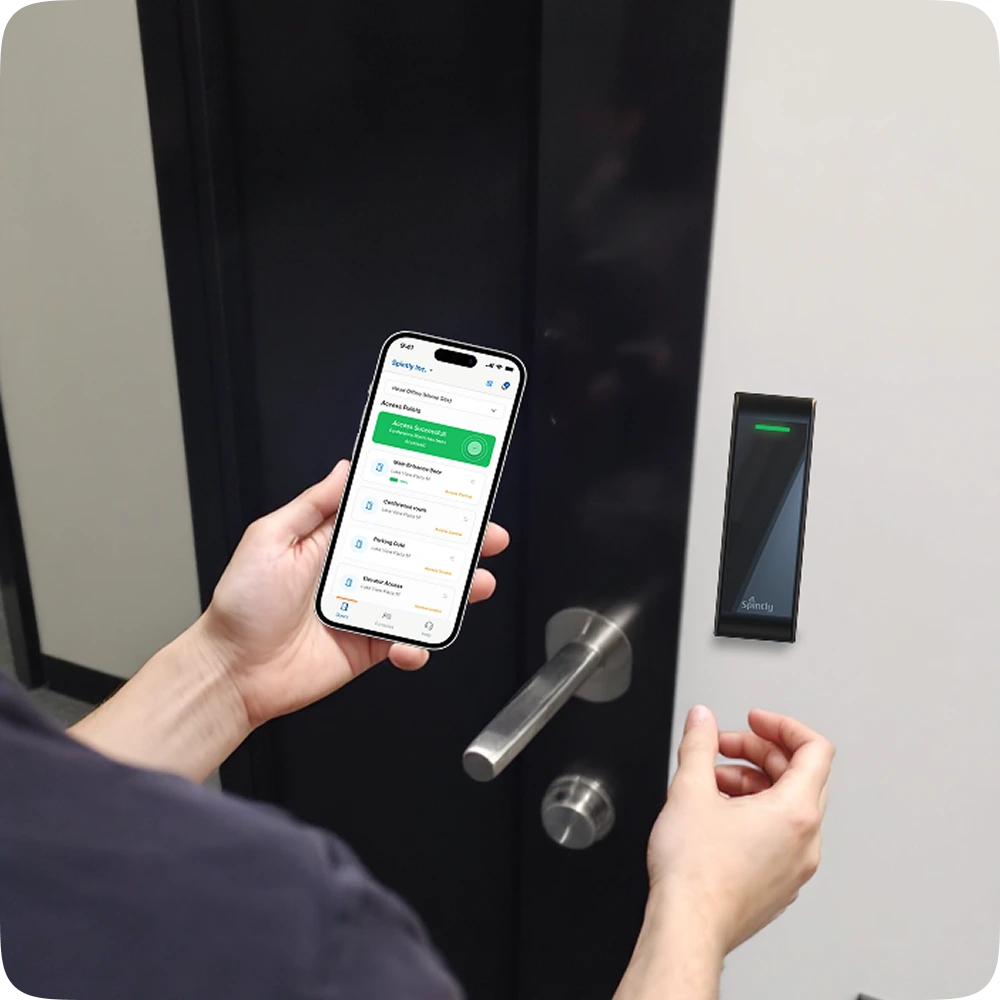In today’s hybrid and highly regulated workplaces, biometric attendance systems are gaining popularity for their accuracy and reliability. But as with any technology that handles sensitive data, questions about safety, privacy, and compliance are inevitable. If you’re in the process of evaluating or implementing a biometric attendance solution for your organization, this blog will help you make an informed decision.
Is Biometric Attendance Safe? Understanding Privacy and Compliance
What Is Biometric Attendance?
Biometric attendance systems use unique physical characteristics — like fingerprints, facial recognition, or iris scans — to verify identity and record employee attendance. Unlike traditional ID cards or PINs, biometrics cannot be easily lost, shared, or duplicated, reducing time fraud and boosting efficiency.
Is Biometric Data Safe?
Biometric data is encrypted and stored securely, typically as a mathematical template rather than an image or raw data. Modern systems use advanced encryption protocols and do not store the actual fingerprint or face image — only the digital equivalent, which cannot be reverse-engineered.
Key security features include –
- End-to-end data encryption
- Role-based access control
- Cloud or on-premise deployment options
- Real-time activity logs and tamper detection
Addressing Privacy Concerns
Privacy is often the biggest barrier to adoption. Employees may fear misuse of their data or unauthorized access.
Here’s how leading systems address this:
- Consent-based data collection: Employees are informed and give consent before biometric data is captured.
- No third-party sharing: Reputed vendors follow strict policies against selling or sharing biometric data.
- Compliance with data protection laws: Systems are designed in line with global and regional regulations such as GDPR, India’s DPDP Act, and others.
Pro Tip: Always choose vendors who clearly outline their data handling and deletion policies.
What About Legal Compliance?
For organizations, compliance isn’t optional — especially in industries like healthcare, manufacturing, and finance.
Look for solutions that comply with:
- GDPR (General Data Protection Regulation)
- India’s Digital Personal Data Protection (DPDP) Act
- ISO/IEC 27001 for information security
- Local labor laws regarding data retention and employee consent
Implementing a compliant system protects both your organization and your employees from legal risk.
Benefits Beyond Security
Biometric systems also help decision-makers solve operational and compliance issues:
- Reduces buddy punching and time theft
- Integrates with payroll systems
- Offers real-time visibility of employee attendance
- Simplifies audit trails for inspections and reports
For large organizations, this translates to better control, cost savings, and compliance readiness.
Choosing the Right Solution
When evaluating biometric attendance software, ask these questions:
- Is the data encrypted and stored securely?
- What happens to employee data when someone exits the company?
- Is the system compliant with local and international regulations?
- Can employees opt out or use an alternative method?
- Is there transparency in how data is collected, stored, and used?
With privacy and compliance taking center stage, the safety of a biometric attendance system depends largely on the technology provider. Advanced solutions like those from Spintly have taken robust steps to ensure that biometric data is secure, encrypted, and handled responsibly.
Get in touch
Explore more blogs
How to Digitize Front Desk Operations Using Spintly’s Visitor Management
How to Digitize Front Desk Operations Using Spintly’s Visitor Management In today’s fast-evolving business landscape, the
The Four Main Types of Access Control Explained for Better Workplace Security
The Four Main Types of Access Control Explained for Better Workplace Security In modern workplaces, securing
Reducing Physical ID Dependency in Corporate Campuses with Mobile Access
Reducing Physical ID Dependency in Corporate Campuses with Mobile Access Corporate campuses have long relied on
10 Common Challenges with Traditional Access Control Systems
10 Common Challenges with Traditional Access Control Systems Traditional access control devices have been the backbone
5 Reasons CEOs Are Investing in Cloud-Based Visitor Management Systems
5 Reasons CEOs Are Investing in Cloud-Based Visitor Management Systems In today’s fast-paced business environment, security,
How IoT is Transforming Office Security & Access Management
How IoT is Transforming Office Security & Access Management In the digital-first enterprise era, traditional keys
Managing Multi-Location Access with a Unified Cloud-Based System
Managing Multi-Location Access with a Unified Cloud-Based System In a world where businesses grow beyond single
How to Choose the Right Attendance Punching Machine for Your Organization
How to Choose the Right Attendance Punching Machine for Your Organization In today’s fast-evolving business landscape,
Centralizing Access Control Systems for Multi-City Offices
Centralizing Access Control Systems for Multi-City Offices In a world where businesses are constantly scaling —
How Integrated Biometric Attendance & HRMS Streamlines Reporting
How Integrated Biometric Attendance & HRMS Streamlines Reporting In today’s fast-moving business world, securing accurate, real-time,











